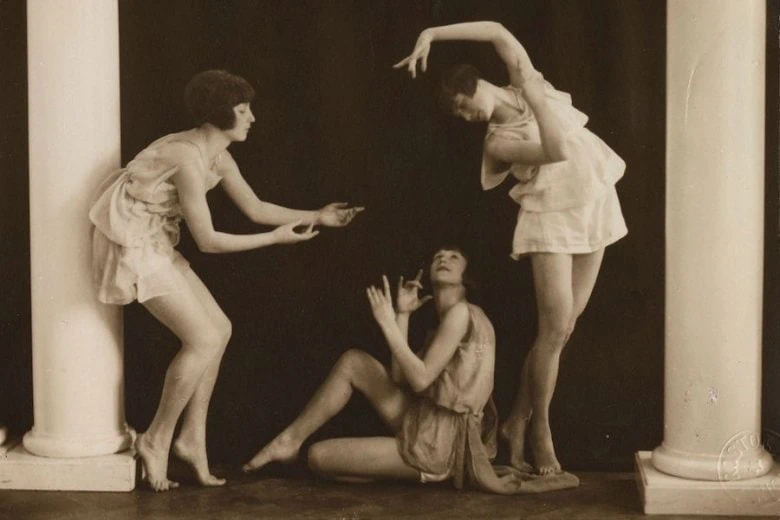
The American dancer and choreographer Angela Isadora Duncan (1877–1927) is the most prominent pioneer of modern dance. Her brother, the dancer and artist Raymond Duncan (1874–1966), for whom plastic dance became part of his philosophy of life, supported her. Both were inspired by the art and culture of Ancient Greece, which was reflected in their dance performances and in the costumes – chitons and togas – they wore – Isadora on stage and Raymond daily.
Isadora Duncan abandoned traditional dance forms in search of a new content and foundation for the art of dance. In contrast to classical ballet dancers, the performers of this new dance style appeared barefoot and moved freely, often creating improvisations. Isadora drew inspiration from reflections of nature: the swaying of trees, the rhythmic flow of waves, the gliding of clouds and the flight of a bird. Describing an evening of plastic dance in Riga, a Latvian journalist once called it "body poetry".
The exhibition includes works by Aleksandra Beļcova from the collection of the R. Suta and A. Beļcova Museum, photographs from the collection of the Literature and Music Museum, drawings by Raymond Duncan from the Lithuanian Theatre, Music and Cinema Museum in Vilnius, and a self-portrait by Tsuguharu Foujita from a private collection in Latvia.